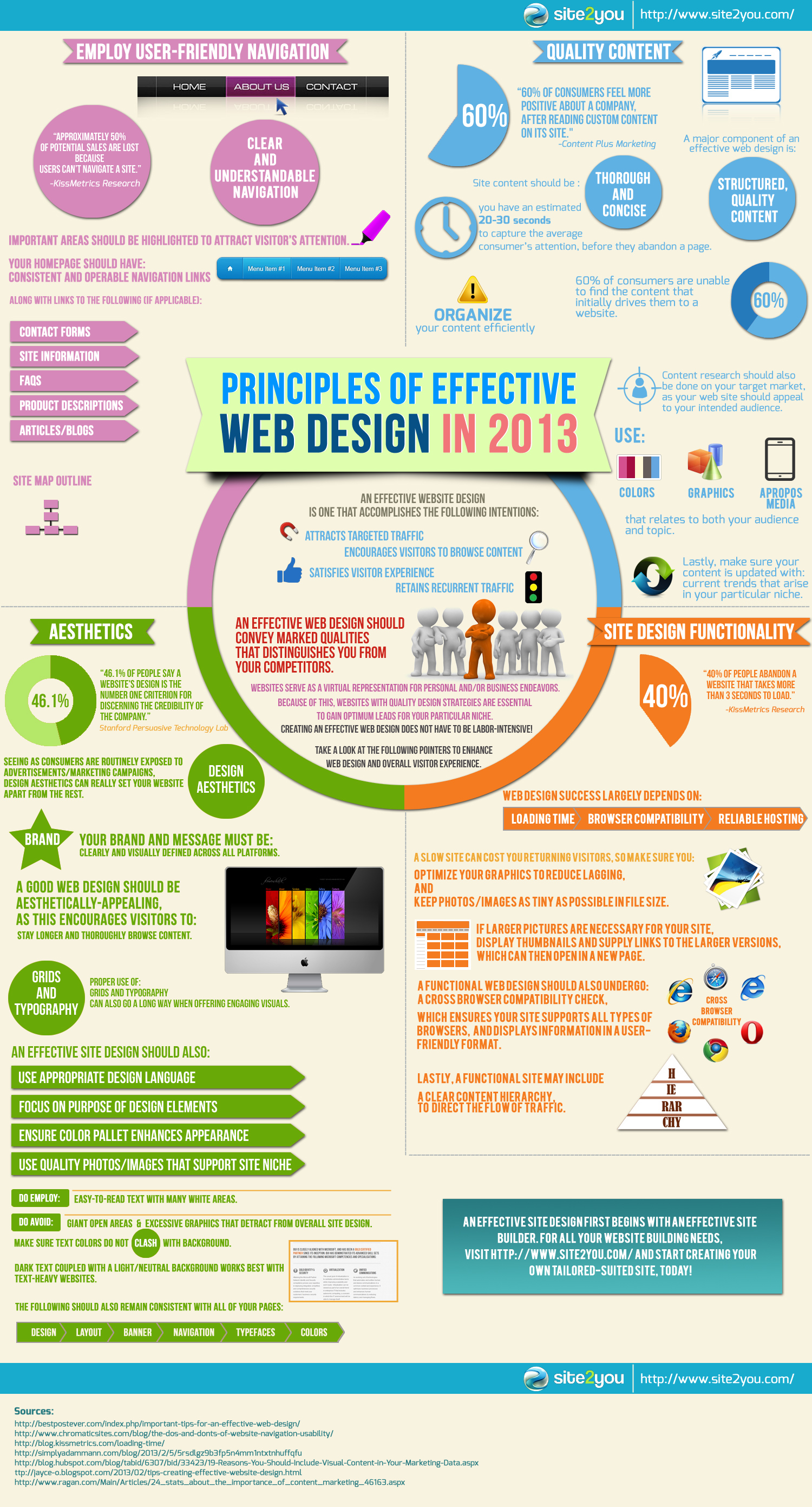Site Design Basics: Tips For Structure A User-Friendly Site
Site Design Basics: Tips For Structure A User-Friendly Site
Blog Article
seo and keyword optimization By-Le Bak
When it pertains to site design, guaranteeing user-friendliness is essential. From receptive layout to structured navigating, every element plays an important function in developing a website that accommodates your audience's demands. But what about the better details that can make or break an individual's searching experience? Keep tuned as we discover some often-overlooked ideas that can boost your web site's use to the following degree, making it absolutely stand out in the digital landscape.
Value of Responsive Design
Responsive design is a vital aspect of contemporary site development. Guaranteeing your web site is receptive methods that it can adjust to different display sizes and tools, providing a smooth experience for individuals.
With https://milopkeys.onzeblog.com/31155691/developing-an-extraordinary-internet-site-style-an-organized-method enhancing use of smart devices and tablet computers to access the web, having a responsive layout is crucial for reaching a broader audience. It aids in improving customer experience by making your internet site very easy to navigate and continue reading any gadget.
Furthermore, receptive style can favorably impact your online search engine rankings, as internet search engine like Google prioritize mobile-friendly internet sites. By having a responsive design, you're also future-proofing your internet site, as new devices with varying screen sizes remain to emerge.
Simplify Navigating Structure
To improve customer experience and help with easy accessibility to details on your website, enhancing the navigation structure is paramount. When making your site, focus on producing a clear and user-friendly navigating food selection that assists site visitors find what they're trying to find promptly.
Limit the variety of menu items to the basics, organizing related pages together to stay clear of overwhelming individuals. Usage detailed tags that plainly show the content of each page, making it less complicated for individuals to understand where each web link will certainly take them.
Think about applying dropdown menus for subcategories to stop littering the primary navigation bar. Additionally, consist of a search bar plainly on the web page for users who prefer looking for particular details.
Focus on mobile responsiveness in your navigation layout to ensure easy access on all devices.
Maximize Page Tons Speed
Improving page load speed is crucial for maintaining site visitors on your site. Slow-loading pages discourage customers and can lead to high bounce prices. To optimize page load rate, start by optimizing photos. Press photos without jeopardizing top quality to lower their data dimensions.
Additionally, make it possible for browser caching to store regularly accessed resources in your area, speeding up lots times for returning visitors. Minify CSS, JavaScript, and HTML files by eliminating unnecessary characters, remarks, and formatting, boosting tons speed.
Think about making use of a content delivery network (CDN) to disperse your site's web content across numerous servers worldwide, reducing latency for customers accessing your website from different locations. Last but not least, limit using third-party scripts and plugins, as they can considerably impact tons times.
Final thought
Finally, by integrating responsive design, streamlining navigating, and enhancing page tons rate, you can develop a straightforward website that appeals to a broader target market and enhances customer experience. These essential elements guarantee that site visitors can easily access and navigate your site across various devices, resulting in raised involvement and fulfillment. By focusing on check this link right here now , you can build a successful site that keeps individuals coming back for more.
